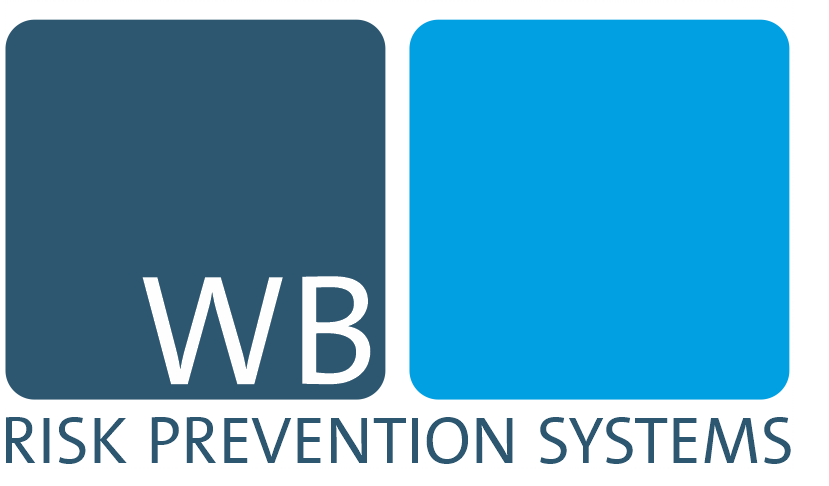Relevante Gefährdungen erkennen und schädliche Auswirkungen minimieren
Jedes Unternehmen oder jede Organisation hat ihre eigenen individuellen Herausforderungen und ihr eigenes Risikoprofil. Einige Standorte könnten beispielsweise anfälliger für Naturkatastrophen sein, während andere Unternehmen möglicherweise stärker von technologischen Risiken betroffen sind. Deswegen ist zunächst ein umfassendes Sammeln bzw. ein systematischer Überblick über diese Gefährdungen auf individueller Ebene essenziell.
Wir übertragen Analysemethoden, die man z.B. als Instrument der Sicherheitstechnik der Prozess-, Pharma- und Petrochemie oder in der Störfallkommission kennt, auf neue Bereiche wie Unternehmen, Ämter, Behörden, Veranstaltungen und Organisationen, um deren Vulnerabilität zu identifizieren.
Hierzu gehören erprobte Methoden wie zum Beispiel das HAZOP-Verfahren (engl. Hazard and Operability; bzw. im deutschen „PAAG“) oder die Ereignisbaumanalyse (in Anlehnung an die sog. Fault Tree Analysis), die insbesondere im Bereich der kritischen Infrastruktur (Chemie-Anlagen, Atomkraftwerke etc.) Standard sind.
Risikoanalyse: Identifizierung und Bewertung
Dies kann durch folgende Schritte erreicht werden:
- Erstellung einer Übersicht der wichtigsten Aktivitäten a) zur Aufrechterhaltung der Funktionalität und b) mit relevantem Schadenspotenzial. Hierbei sollten sowohl Naturereignisse als auch technologische, gesellschaftliche und geopolitische Risiken berücksichtigt werden.
- Moderierte Einbindung der Mitarbeiter, Lieferanten, Key Account Kunden
- Erstellung von Factsheets für jede Gefährdung
- Vorsorgeplanung / Präventionsplan
- Bewertung des möglichen Zusammenwirkens mehrerer Einflussfaktoren (es ist häufig nicht das Auftreten eines großen Einzelereignisses oder Fehlers, sondern das Zusammenspiel von kleineren und für sich genommen eher zweitrangigen Einzelfehlern, Versäumnissen oder Kommunikationspannen, welches katastrophale Auswirkungen haben kann)
- Visualisierung
Beispiele für Inhalte einer Risikoanalyse
Umgebungsanalyse
Interessenmapping
- Stakeholder
- Interessenvertreter
- Betroffene
- Sonstige Entwicklungen & Trends (Gesellschaft, Technologie, Politik, Kultur etc.)
Identifizierung verdeckter Kräfte & Einflüsse
- Entscheidungen im Hintergrund
- Mögliche Bündnisse gegen das eigene Unternehmen
- Politische Einflussnahmen
- Informationskampagnen und Fake News
Risikomapping
- Unerwünschte Ereignisse
- Eintrittswahrscheinlichkeiten
Auswirkungen
- auf die Gesundheit
- auf die Wirtschaftlichkeit
- auf die Funktionalität
- auf die Umwelt
Darstellung
- Risk Heat Map
- Risk Hotspots
- Risiko Matrix
„Was ist nötig?“
- Kosten und Nutzen
Was ist machbar?
- Was passt zur eigenen Philosophie?
- Was passt zu den eigenen Verfügbarkeiten und Kapazitäten? (personell, finanziell, zeitlich etc.)
Rest-Risiken
- Welche sind akzeptabel und zumutbar?
- Welche sind inakzeptabel und unzumutbar?
Sie haben Fragen oder möchten mehr über unsere Leistungen erfahren? Vereinbaren Sie einen Termin oder schreiben Sie uns eine Nachricht.

